Sprinkler systems are the most common type of fire suppression, but they aren’t the only option and may not work best for every fire. In some situations, other solutions are needed to put out fires quickly and cleanly. FM-200 Fire Suppression Systems are ideal for places where stopping operations isn’t an option. These systems put out fires without leaving any residue or damaging delicate equipment. They are especially valuable in critical areas like data centers, generator rooms, telecom facilities, switchgear rooms, control rooms, and other places that operate 24/7.
What is FM-200?
FM-200 is a clean fire suppressant used for Class A, B, and C fires. It’s a colorless, non-toxic gas that doesn’t leave any residue. Because of these features, it’s perfect for protecting valuable assets in spaces where people are present and in places where cleaning up after using other fire suppression agents is difficult.
How FM-200 Works
A fire needs three things to happen: heat, oxygen, and fuel. These three elements form the “fire triangle.” To stop a fire, a clean agent must interrupt at least one of these elements. FM-200 works mainly by absorbing heat, which removes heat from the fire triangle and helps stop the fire.
FM-200 is used in many industries, especially in places where no residue is preferred and the agent is safe for humans. You’ll often find it in:
- Bank vaults
- Data centers
- Telecommunications centers
- Flammable liquid storage areas
- Rare book stores
- Libraries
- Museums
Pros and Cons of FM-200
Pros
- FM-200 is a clean agent that is safe to use around people, making it suitable for installation in occupied areas.
- When FM-200 activates to extinguish a fire, it leaves no residue and is safe for equipment, electronics, and machinery.
- FM-200 is a more cost-effective option compared to other clean agents like 3M™ Novec™ 1230 Fire Protection Fluid.
- FM-200 requires a smaller amount to suppress a fire, so fewer or smaller cylinders are needed compared to agents like 3M Novec 1230 fluid.
Cons
- FM-200 has a slightly higher Global Warming Potential (GWP) than other clean agents.
- Although FM-200 does not contain Halon gas, it still uses Hydrofluorocarbons (HFC), which are less eco-friendly than some other clean agents.
What is the Chemical Name of FM-200 Gas?
FM-200’s chemical name is 1,1,1,2,3,3,3-Heptafluoropropane. People also call it hydrofluorocarbon (HFC) 227ea. Chemours manufactures it under the trademark FM-200. This gas is colorless and compressed into a liquid. It helps put out fires and is a common replacement for Halon fire suppression systems. FM-200 fire suppression systems use nitrogen for pressure, are waterless, and release the gas when activated to stop the fire.
Is FM-200 Gas Dangerous?
FM-200 gas is not highly toxic and is safe when you follow the manufacturer’s guidelines. The gas has little effect on your skin or eyes in its vapor form, but if it comes into contact with skin or eyes in its liquid form, it can freeze them, causing frostbite. Breathing in high concentrations of FM-200 vapor, beyond the recommended limits, can cause symptoms like headache, dizziness, loss of coordination, confusion, and in extreme cases, loss of consciousness. When used according to the guidelines, FM-200 is safe for use in areas with people.
What is the Difference Between FM-200 and 3M Novec 1230 Fluid?
FM-200 and 3M Novec 1230 fluid are both used in fire suppression systems that are safe for occupied spaces, do not harm sensitive equipment, and require no cleanup. They are both fast-acting, clean agent systems, but they have some differences. 3M Novec 1230 fluid is a fluoroketone that is stored as a liquid and turns into a gas when discharged. These systems may need more or larger cylinders than FM-200 systems, depending on the area being protected. Both agents do not harm the ozone layer and are environmentally friendly, but 3M Novec 1230 fluid has a lower global warming potential (GWP).
Conclusion
FM-200 fire suppression systems offer an effective and clean approach to protecting critical areas where the fire safety aspect has greater importance. The reason FM-200 extinguishes with no residue left and protects valuable equipment as well, so it is ideal for environments such as data centers, telecom facilities, or museums.
Though it faces a few environmental issues due to its Global Warming Potential, the safety and effectiveness ensure that its low operation impact makes it such an important business choice toward reliable fire protection.
For those who need quick and safe fire suppression, FM-200 remains a trusted option.
FAQs
What is the FM-200 fire suppression system?
FM-200 is a fire suppression gas that stops fires by removing heat from the fire triangle (oxygen, heat, and fuel). It is colorless, odorless, and does not conduct electricity. Since it leaves no residue, there’s nothing to clean up. It is safe to use in occupied spaces and does not harm the ozone layer.
Where can FM-200 be used?
FM-200 is non-corrosive, does not conduct electricity, leaves no residue, and has low toxicity. It is ideal for protecting valuable items like those in computer rooms, data centers, telecom facilities, and museums.
What is the chemical name for FM-200 Gas?
The chemical name for FM-200 is 1,1,1,2,3,3,3-Heptafluoropropane. It is also called hydrofluorocarbon (HFC) 227ea and is made by Chemours under the trademark FM-200.
What is the pressure of FM-200?
FM-200 cylinders usually work at a pressure between 25 and 42 bar, depending on the cylinder’s size and use. These cylinders can have valves, pressure gauges, and other parts to make the fire suppression system work safely and effectively.
Read More – Fire Triangle System: Key Components for Effective Fire Control

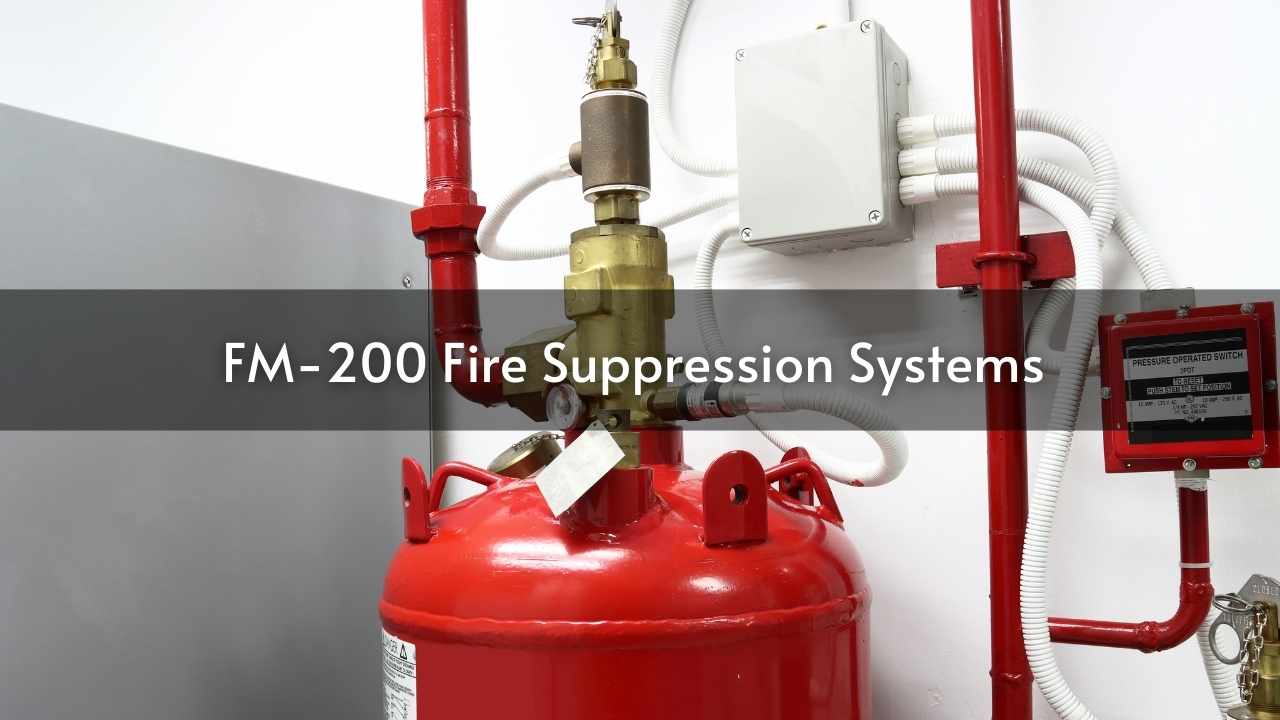
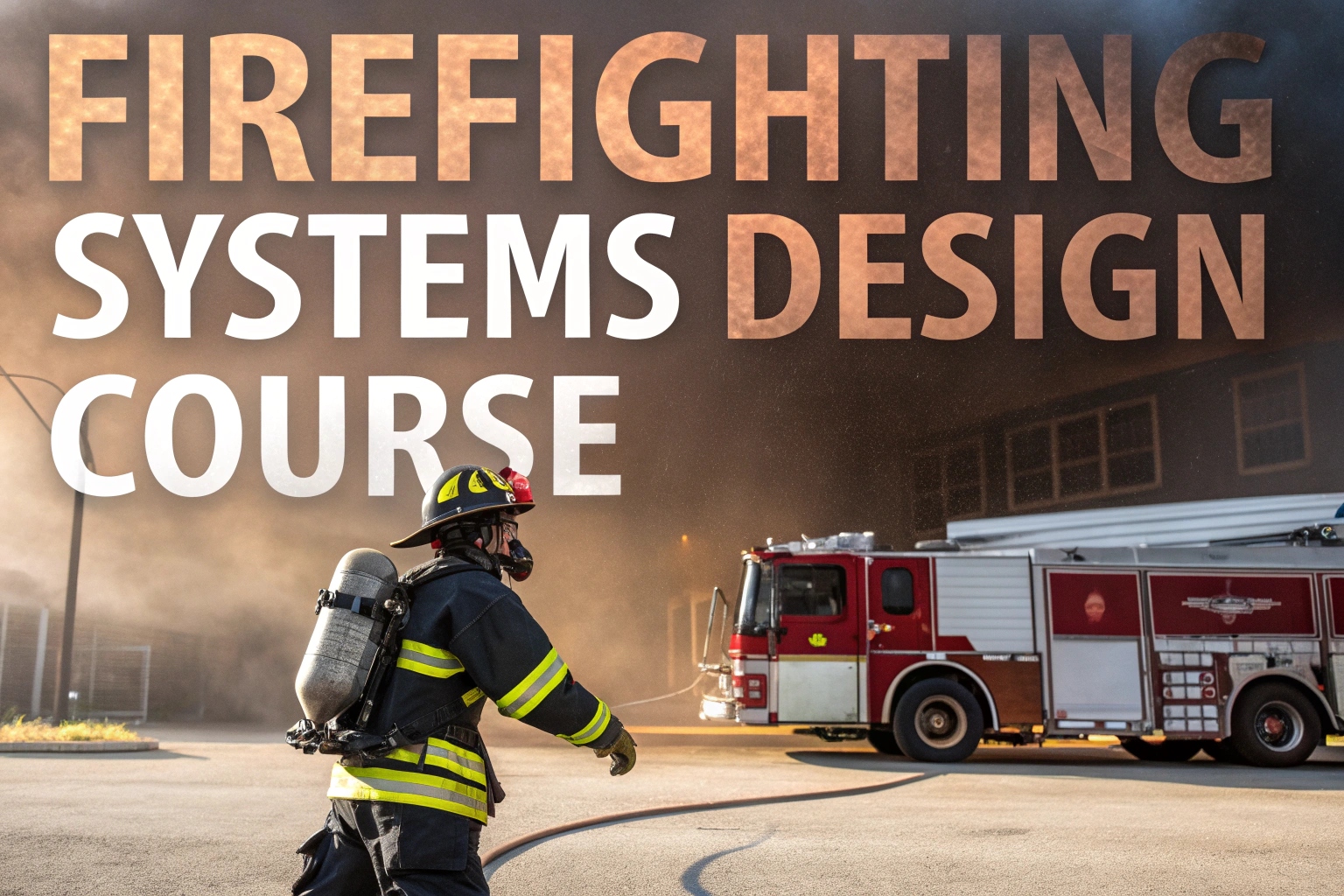


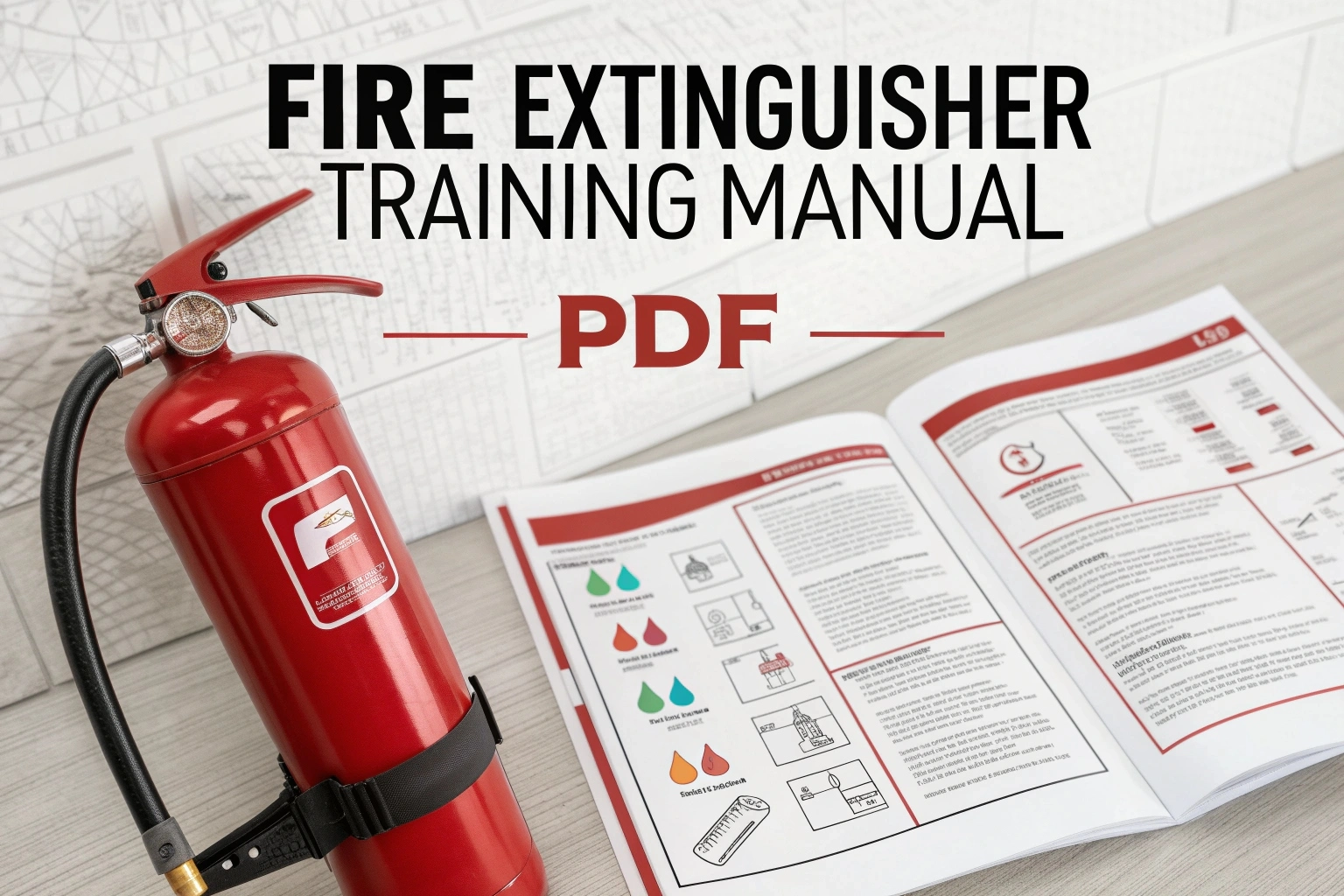
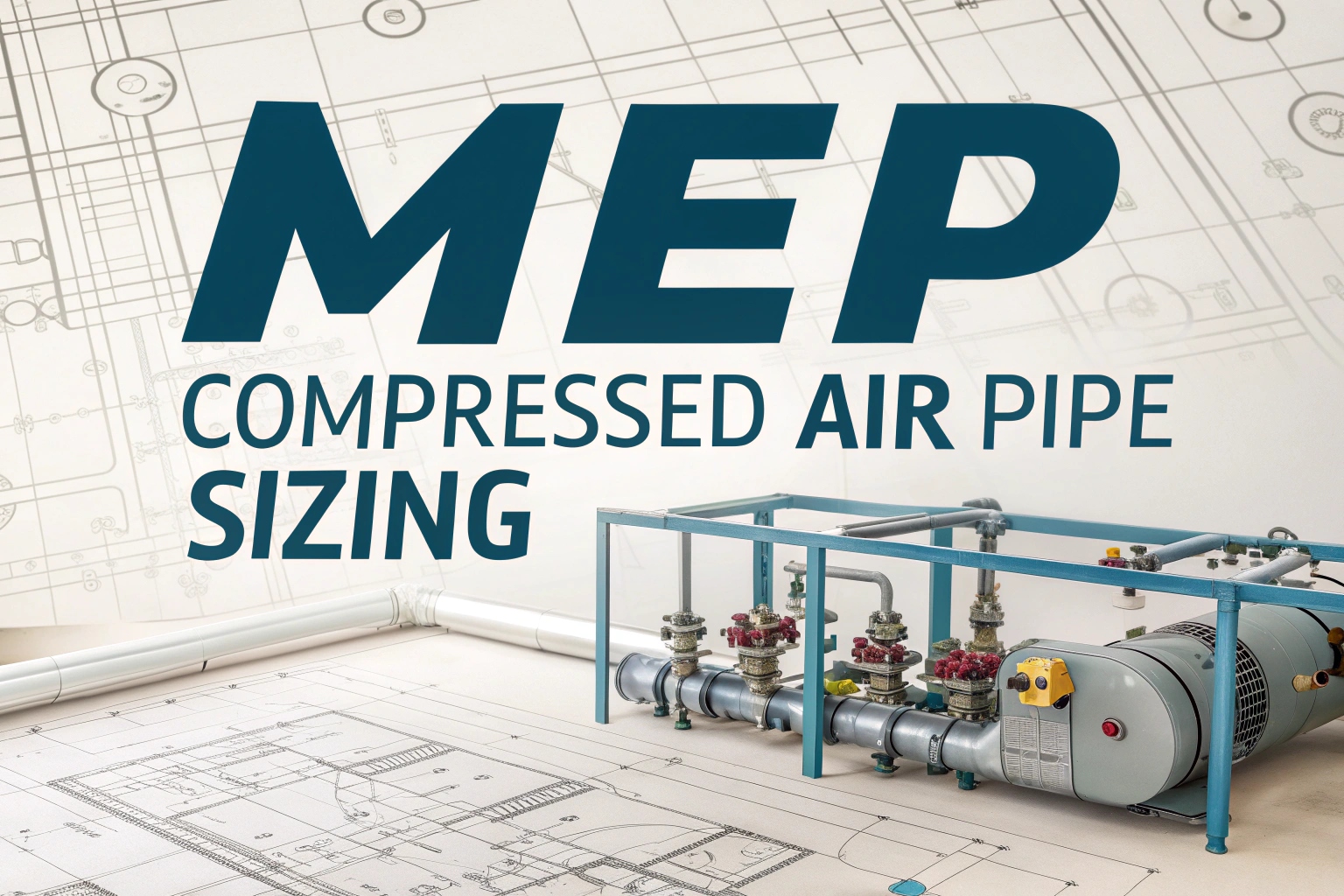





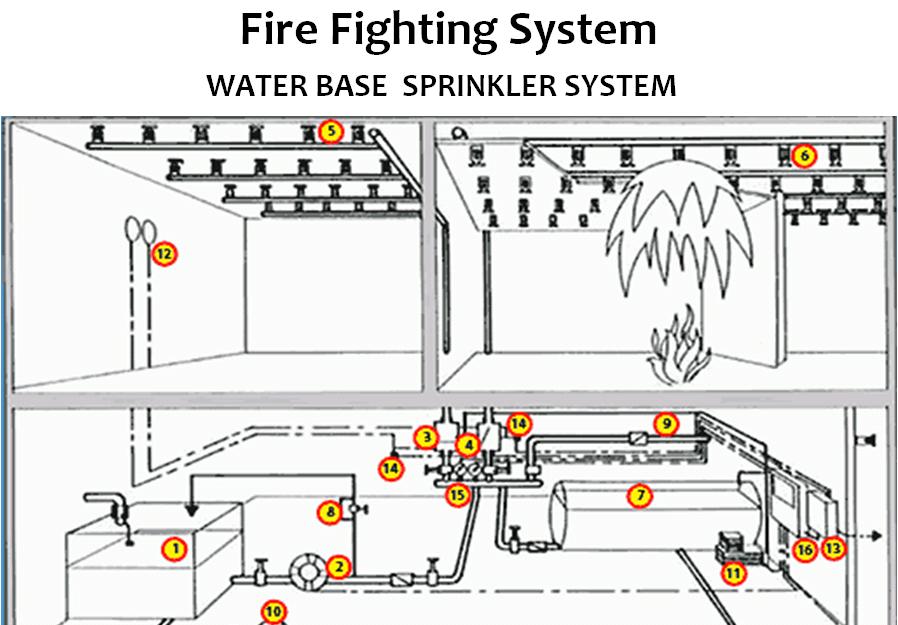
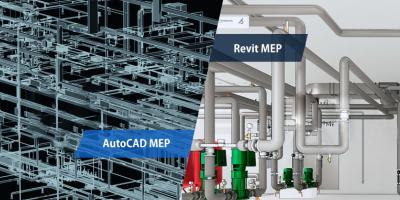

Great content! Super high-quality! Keep it up! http://www.ifashionstyles.com
Sustain the excellent work and producing in the group!